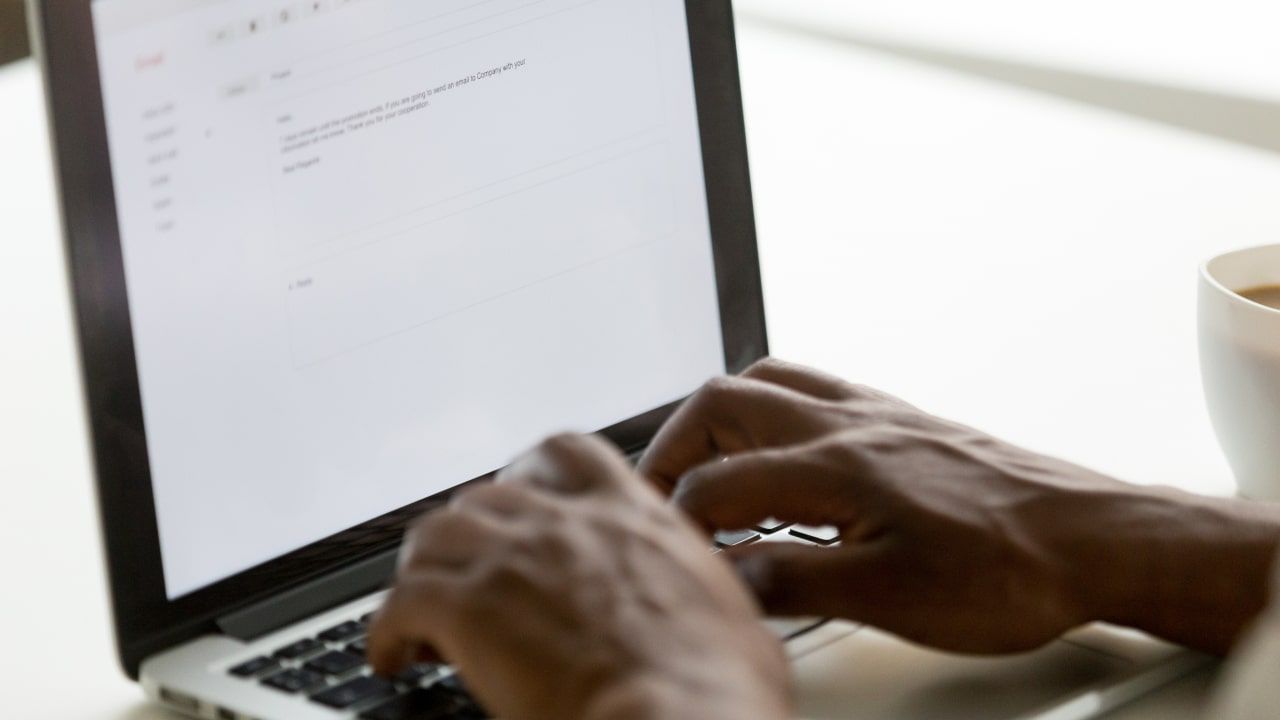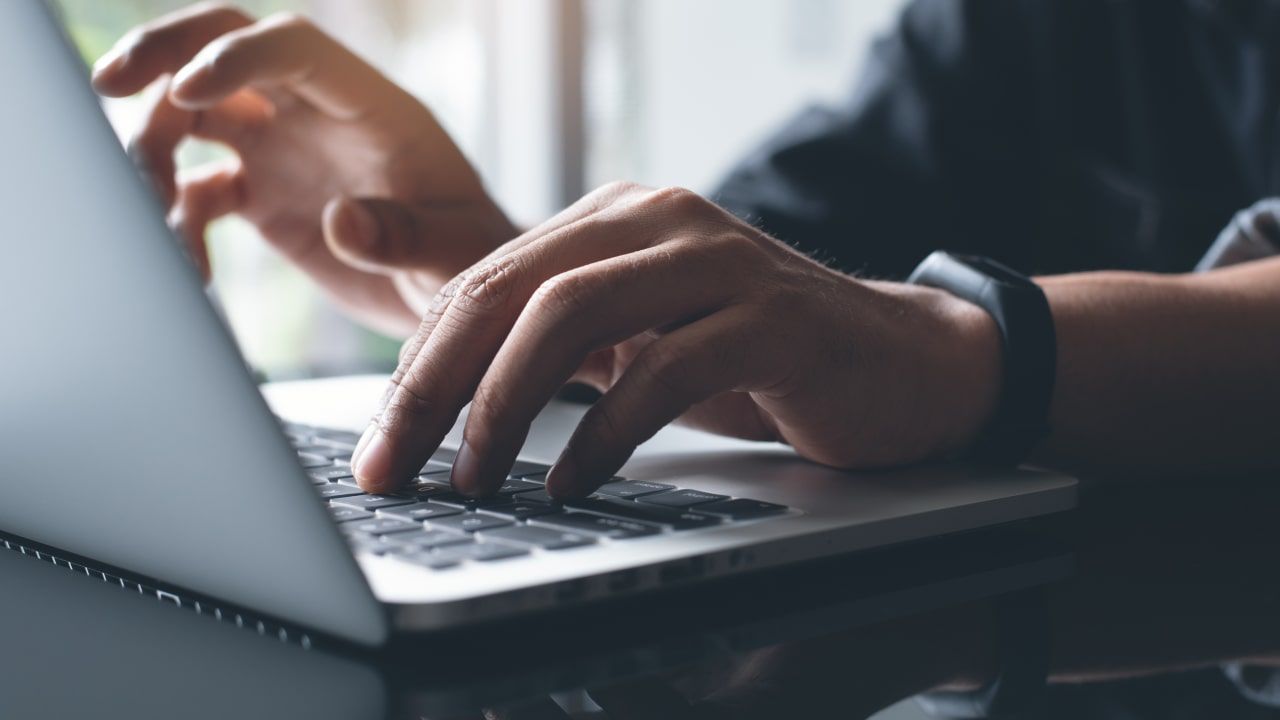Out-of-Office Email Message Examples (For Every Scenario)
By Remy Meraz • May 10, 2024

Introduction: Crafting the Perfect Out-of-Office Message
Why Out-of-Office Messages Matter?
In today’s hyper-connected world, the importance of setting professional boundaries is paramount. An out-of-office (OOO) message does more than just inform your contacts about your unavailability—it reflects your professionalism and consideration for others' time. Crafting the perfect OOO message ensures that work life balance is maintained, not just for you but also for your colleagues and clients, setting clear expectations for communication.
The Impact of a Well-Crafted Message
A well-crafted OOO message does more than alert your contacts that you are not available; it is an essential part of your professional persona and communication strategy. It can enhance your reputation by showing foresight and respect for the recipient's inquiry, providing them with alternative contacts or immediate assistance if urgent matters arise. Moreover, it secures your peace of mind, allowing you to enjoy your vacation, handle personal emergencies, or focus on professional development without the stress of an overflowing inbox.
This introduction sets the stage for a detailed exploration into the nuances of OOO messages across various scenarios, offering insights and examples to help you navigate this seemingly simple yet impactful piece of professional etiquette.
Join our Newsletter
Transform your career with our personal growth insights. Get one valuable tip right in your inbox every Saturday morning.
Understanding Out-of-Office Messages
Definitions and Importance
An out-of-office message is an automatic response sent to inform email senders of your unavailability during a specified period. These messages are crucial in managing expectations and maintaining professional relationships while you are away from your workspace. They communicate critical information such as the duration of your absence, alternative contacts for urgent matters, and, occasionally, the reason for your unavailability—be it annual leave, remote working, or a personal emergency. Properly used, they preserve work-life balance by safeguarding personal time while ensuring that important tasks are redirected appropriately.
Key Elements of Effective Out-of-Office Messages
To be effective, an out-of-office reply should include several key components:
- Clear Time Frame: Always specify the start and end date of your absence so recipients know when you will be unavailable and when you expect to respond.
- Reason for Absence: Briefly mention why you are out of office. This could be due to remote working, vacation, professional training, or emergency situations.
- Alternative Contact Information: Provide the name, phone number, and email of a colleague or team who can assist in your absence, ensuring continuous communication.
- Professional Tone: Even in a brief out-of-office message, maintain a professional tone with polite language, such as "kind regards" or "best regards."
- Customization for Different Audiences: Tailor your message for different groups, such as colleagues, clients, and other external contacts. This helps manage various expectations effectively.
An effective out-of-office message not only maintains your professional image but also minimizes the workload on your return by managing correspondents' expectations.

General Out-of-Office Message Guidelines
The Basic Components
An effective out-of-office message should succinctly convey key information to ensure smooth communication during your absence. Essential elements include:
- Greeting & Closure: Start with a polite greeting and close with a professional sign-off, such as "Warm regards" or "Best regards."
- Dates of Absence: Clearly state the start and end date of your absence. This helps manage expectations regarding your availability.
- Reason for Absence: Briefly mention the reason for your unavailability, whether it is annual leave, remote working, or something urgent.
- Alternative Contacts: Provide contact details for an alternative contact person who can assist during your absence, ensuring no urgent matters are left unattended.
- Acknowledgment of Communication: Note that all messages will be read upon your return or, if someone else is checking your email, mention this to prevent any misunderstanding.
Tone and Professionalism
The tone of your out-of-office message should reflect your professional image. It should be polite yet informative, with clear, concise language that respects the sender's effort to reach out. Avoid overly casual language or personal information that doesn’t relate directly to your professional duties. The goal is to reassure your contacts that their messages are important and will be addressed appropriately, either by you upon your return or by your designated alternate in your absence. This professionalism helps maintain the trust and respect of your colleagues and clients, which are crucial for ongoing professional relationships.

Scenario-Based Out-of-Office Message Examples
Short-Term Absence (General)
"Thank you for your email. I am out of the office until [return date] with limited access to email. For urgent matters, please contact [alternative contact name] at [contact information]. Best regards, [Your Name]"
No Email Checks During Absence
"Hello, Thank you for reaching out. I am currently away from the office until [return date] and will not be checking my emails during this period. For immediate assistance, kindly reach out to [alternative contact name] at [contact information]. Warm regards, [Your Name]"
Emergency Leave
"I am currently out of the office due to an emergency and unable to provide a definite return date. For urgent issues, please contact [alternative contact name] at [contact information]. I appreciate your understanding during this time. Kind regards, [Your Name]"
Remote Working Notice (Different Time Zone)
"Thank you for your message. I am currently working remotely from a different time zone ([specify time zone]) and may be delayed in responding to your email. For any immediate needs, please contact [alternative contact name] at [contact information]. Best wishes, [Your Name]"
Personal Leave for Professional Development
"I am currently out of the office attending a professional development program and will return on [return date]. During this period, I will have limited email access. For urgent matters, please reach out to [alternative contact name] at [contact information]. Thank you for your understanding. Warm regards, [Your Name]"
Annual Leave Notification
"Thank you for your email. I am on annual leave until [return date] and will not be checking emails. For assistance in my absence, please contact [alternative contact name] at [contact information]. I look forward to addressing your email upon my return. Best regards, [Your Name]"
Undergoing Professional Training
"I am currently undergoing professional training and will be out of the office until [return date], with limited email access. For urgent matters, please contact [alternative contact name] at [contact information]. I appreciate your understanding. Kind regards, [Your Name]"
Each of these examples is designed to address a specific scenario, providing clear communication about the sender's availability and ensuring continuity of work in their absence. By including a return date, alternative contact information, and a polite sign-off, these messages maintain professionalism and facilitate smooth operations, even when the primary contact is unavailable.
Join our Newsletter
Transform your career with our personal growth insights. Get one valuable tip right in your inbox every Saturday morning.
Special Situations and Creative Twists
10 Funny Out-Of-Office Messages
- "I am currently out of the office and probably out-of-my-mind drunk. Enjoy your workweek without me!"
- "I’m not in the office right now but if it’s important, tweet me using #YouAreNotGettingAReply."
- "I am on annual leave until [date]. I know I will miss you but try not to miss me too much."
- "I am currently out of the office and might return next week. I know I’m supposed to say I’ll miss you but there are some things we should be honest about."
- "Hi, I'm currently watching [latest popular TV show]. So, I will not be checking emails until I find out what happens to [character]."
- "If you’re reading this, I am not in the office. I will reply to your email only if I fail to sell my yacht in Monaco."
- "I'm out of office until [date]. Meanwhile, I suggest you do what I would do – Panic."
- "Thank you for your email. Your credit card has been charged $5.99 for the first ten words and $1.99 for each additional word in your message."
- "I am currently out of the office and probably on a beach drinking margaritas. I’ll deal with your problems when I’m good and ready."
- "I'm away from my desk right now, but I will think about your emails very hard during my meditation sessions on top of Mount Everest."
Unexpected Situations: How to Communicate Unplanned Absences
In cases of unplanned absences such as emergencies or sudden illness, it's crucial to have a process in place:
- Immediate Notification: Inform your team or a responsible colleague who can handle your responsibilities.
- Brief and Professional Out-of-Office Message: Set up an out-of-office message that states you are currently unavailable without going into personal details, and provide an alternative contact for urgent issues.
- Update as Necessary: If the duration of your absence becomes clearer, update your out-of-office message accordingly to manage expectations.
These messages and tips ensure that even in unexpected situations, your professionalism remains intact, and your responsibilities are covered, maintaining work continuity and minimizing disruption.
Advanced Tips for Out-of-Office Messages
Integrating Company Culture and Personal Touch
To reflect your company's culture and add a personal touch to your out-of-office messages, customize your auto-responses to mirror the tone and style of your workplace. Whether your office is formal or has a laid-back vibe, let your message resonate with the same. For instance, if your company values humor, include a light-hearted note. Personalization can include mentioning a recent company event or achievement to make the message feel more tailored and engaging.
Using Out-of-Office Messages for Networking
Your out-of-office message is an unexpected tool for networking. Include a brief note about your professional interests or recent work achievements that might spark a connection with the sender. For example, "If you are reaching out about [topic], I’d love to connect once I am back. Alternatively, I’ll be attending [upcoming conference or event]—let’s chat there!" This strategy not only keeps the communication line open but also leverages your absence to build potential professional relationships.
These advanced strategies enhance the effectiveness of your out-of-office messages, turning a simple auto-reply into a powerful tool for professional communication and networking.

Conclusion: Mastering Your Out-of-Office Communication
Recap of Key Points
We have explored the strategic craft of out-of-office messages, covering essential components, scenario-based examples, and advanced techniques for effective communication. A well-crafted message maintains professionalism, sets clear expectations for availability and response times, and provides alternative contacts or directions for urgent matters.
Encouragement to Personalize and Prioritize Clarity
Personalizing your out-of-office message to reflect both your professional demeanor and your company’s culture enhances the recipient's experience and maintains continuity in your absence. Always prioritize clarity in your messages to ensure that there is no ambiguity about your availability, and always update your message as needed to reflect your current status accurately.
By mastering these elements, you can ensure that your out-of-office communications preserve your professional image and keep your workplace responsibilities managed smoothly, even when you are not there.
Read more about: Professional Development, Employee Experience
About Remy Meraz
Remy Meraz, co-founder, and CEO of Zella Life, is a visionary leader who leveraged corporate glass ceiling challenges as a woman of color to drive systemic change.
While leading and cultivating high-performance teams from VC-backed startups to Fortune 500, she consistently faced obstacles such as inadequate mentorship, lack of psychological safety, and non-personalized training. Taking matters into her own hands, she turned to executive coaching and NLP training. This life-changing growth experience led to breaking leadership barriers and a passion for cognitive psychology.
Motivated by her experiences, she co-founded Zella Life, an innovative AI-driven coaching platform bridging the talent development gap by enhancing soft skills and emotional intelligence (EQ) in the workplace.
Her vision with Zella Life is to transform professional development into an inclusive and impactful journey, focused on the distinct needs of both individuals and organizations. She aims to promote advancement and culture change by ensuring every professional's growth is acknowledged and supported.
Today, Remy is recognized as an influential innovator, trainer, mentor, and business leader. Under her leadership, Zella Life has delivered significant measurable outcomes for numerous well-known brands. This track record of positive outcomes garnered attention and funding from Google for Startups and Pledge LA, establishing Zella Life as a pivotal force in the learning and development arena tackling and resolving fundamental talent development issues for organizations of all sizes.